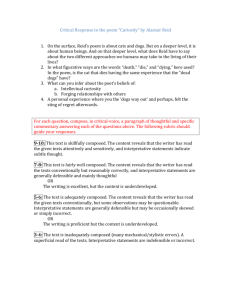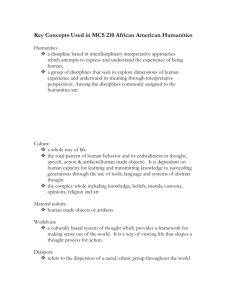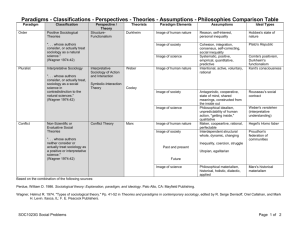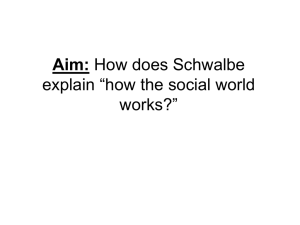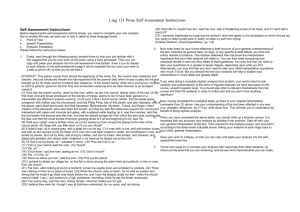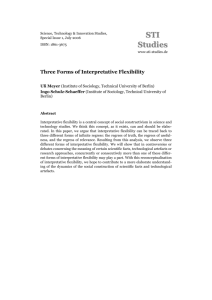here
advertisement
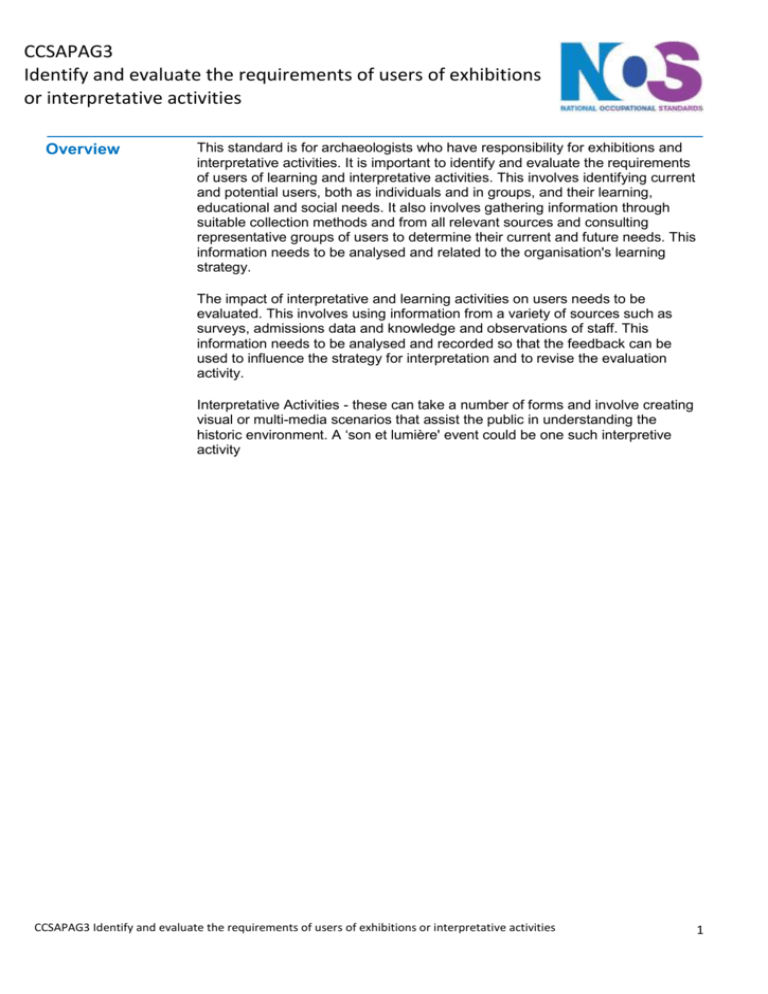
CCSAPAG3 Identify and evaluate the requirements of users of exhibitions or interpretative activities Overview This standard is for archaeologists who have responsibility for exhibitions and interpretative activities. It is important to identify and evaluate the requirements of users of learning and interpretative activities. This involves identifying current and potential users, both as individuals and in groups, and their learning, educational and social needs. It also involves gathering information through suitable collection methods and from all relevant sources and consulting representative groups of users to determine their current and future needs. This information needs to be analysed and related to the organisation's learning strategy. The impact of interpretative and learning activities on users needs to be evaluated. This involves using information from a variety of sources such as surveys, admissions data and knowledge and observations of staff. This information needs to be analysed and recorded so that the feedback can be used to influence the strategy for interpretation and to revise the evaluation activity. Interpretative Activities - these can take a number of forms and involve creating visual or multi-media scenarios that assist the public in understanding the historic environment. A ‘son et lumière' event could be one such interpretive activity CCSAPAG3 Identify and evaluate the requirements of users of exhibitions or interpretative activities 1 CCSAPAG3 Identify and evaluate the requirements of users of exhibitions or interpretative activities Performance criteria You must be able to: Identify current and potential users and their needs 1. Identify the makeup of and characteristics of current users 2. Identify those in the target group who do not participate and their characteristics 3. Obtain information from all relevant sources to inform an analysis of factors affecting user participation 4. Categorise current and potential users in relation to potential needs 5. Consult groups representative of the target audience to determine their current and future needs 6. Assess the feasibility of attracting the specified audiences 7. Relate the information gathered to the organisation's learning and communications strategy 8. Report the results of the analysis accurately and clearly in an appropriate format 9. Comply with relevant legislation and guidelines on consumer research Evaluate the impact of exhibitions or interpretative activities on users 10. Determine the criteria for success 11. Select the evaluation methods and implement them correctly using suitable and valid information collection methods 12. Access all relevant sources of information 13. Analyse and quantify the results of the evaluation, recording them clearly in an appropriate format 14. Provide feedback on the evaluation to influence the strategy for learning and to revise the evaluated activity 15. Review the suitability of the evaluation methods and making recommendations for further improvements CCSAPAG3 Identify and evaluate the requirements of users of exhibitions or interpretative activities 2 CCSAPAG3 Identify and evaluate the requirements of users of exhibitions or interpretative activities Knowledge and understanding You need to know and understand: 1. Collect information on users and non-users 2. Categorise users, and the criteria that can be used 3. Consult with different types of users 4. Conduct user research 5. The value of different sources of information 6. The strengths and limitations of questionnaires and other methods of audience research 7. The factors that determine the feasibility of attracting specified audiences 8. Who should be involved in the review of the information 9. The organisation's interpretation strategy 10. Relevant legislation and guidelines (including the Disability Discrimination Act) 11. Internal and external policies on learning and social inclusion 12. Assess whether an information collection method is suitable and valid 13. Interpret statistics 14. Record the results of the evaluation 15. Targets for the activity 16. The relevant sources of information 17. The different information collection methods 18. The value of different sources of information 19. The limitations of different types of user survey 20. Who should be provided with the results of the evaluation 21. The limitations of the evaluation CCSAPAG3 Identify and evaluate the requirements of users of exhibitions or interpretative activities 3 CCSAPAG3 Identify and evaluate the requirements of users of exhibitions or interpretative activities 22. Quantitative and statistical methods 23. Relevant legislation and guidelines 24. Sources on professional advice CCSAPAG3 Identify and evaluate the requirements of users of exhibitions or interpretative activities 4 CCSAPAG3 Identify and evaluate the requirements of users of exhibitions or interpretative activities Developed by Version number Date approved Indicative review date Validity Status Originating organisation Original URN Relevant occupations Suite Key words CCSAPAG3 Identify and evaluate the requirements of users of exhibitions or interpretative activities 5

